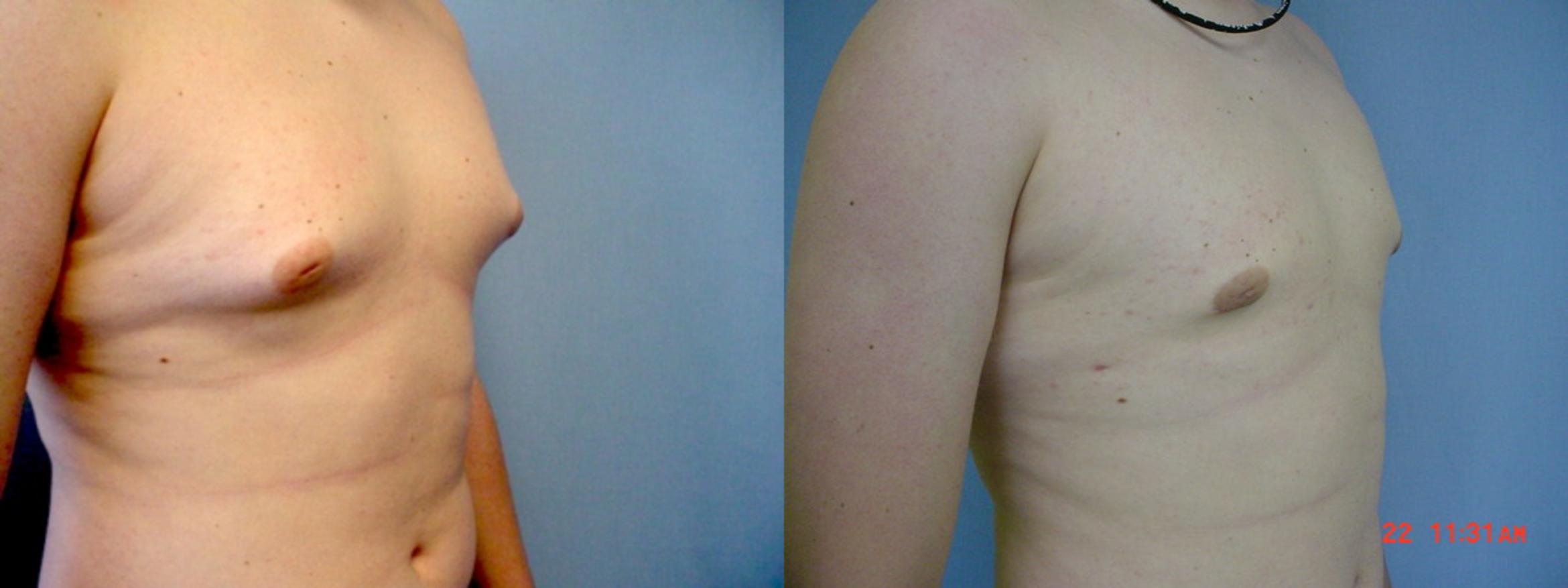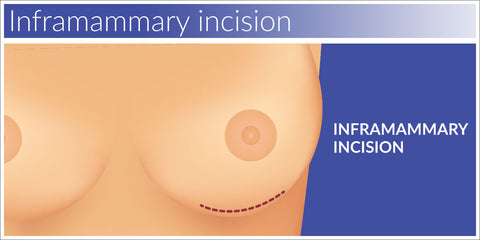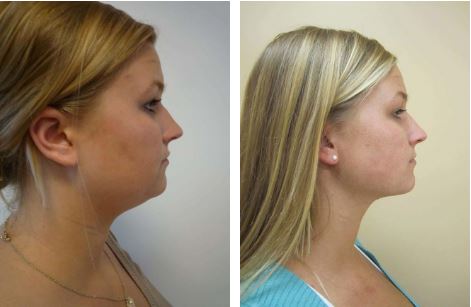
Although cholesterol deposits in your eyes are not dangerous, they can cause you discomfort and can increase in size. The good news is that they are harmless and don't require removal. Dyslipidemia is a condition in which too many lipids are in the blood. This is what most patients who have cholesterol deposits around their eyes have. This condition can be treated by you. Here are the steps that you should follow if you find cholesterol deposits on your eyelids.
Dyslipidemia is a cause of xanthelasma
Dyslipidemia (a condition where too many fatty substances in the blood) is a common cause for xanthelasma. Dyslipidemia is characterized by high blood levels of LDL cholesterol (bad cholesterol), and HDL cholesterol (good cholesterol). People with xanthelasma usually have high blood cholesterol levels. They may also be more likely to develop inflammation or other conditions that are associated with high cholesterol.

Xanthelasma (Xanthelasma) is a condition where fat deposits in the eyes develop. It can be caused by primary or secondary hyperlipemia and in diabetics. It's usually characterised by yellowish spots on the inner side or lower eyelids. It is usually seen in young people, but it can happen to anyone. If you suspect you may have xanthelasma within the eye, consult a doctor.
Lipoprotein deposits in eyes
The formation of lipoproteins in the eyes is a result of a number of processes. First, these lipids build up on the cornea, resulting in NV, opacification, and decreases in visual acuity. Second, they are formed when the underlying cellular structure is damaged and cannot properly function. These conditions can be slow-progressing and may be caused by many factors. There are two main types of LK: idiopathic, which develops spontaneously, and secondary, which results from other conditions. In both cases, the underlying systemic disorder is secondary to lipid deposits. Third, lipid deposits can be caused due to previous ocular trauma or diseases.
Corneal arcus is the most common form of ocular cholesterol deposition. It is caused by the accumulation of phospholipids and cholesterol in the peripheral cornea. While it is thought that it is a natural part aging, it may also indicate hyperlipidemia. A medical professional should examine it to determine if it's the reason for your eye condition.
Atherosclerosis can be caused when lipoprotein deposits are formed
The accumulation of cholesterol in the blood vessels narrows them and makes them harder. These vessels are flexible and malleable and hardening can be detrimental to one's health. The accumulation of cholesterol in the eyes is usually most common in people with a condition known as dyslipidemia, or too much lipid in the bloodstream. Anyone who develops eye deposits prior to age 40 should visit a physician for a quick screening.

Atherosclerosis is caused by the inflammatory response to fatty deposits in your eyes. Lipids accumulate in the bloodstream when a person is inactive. As a result, the condition can lead to xanthelasma, an area around the eyes that can lead to atherosclerosis. Although there are many causes, xanthelasma is most often genetic. This condition can be caused if there are genetic conditions that increase bloodstream lipid levels. Cholesterol can be obtained from meat and dairy products. Cholesterol plays an essential role in helping the body make cell membranes, produce hormones, and digest fats.